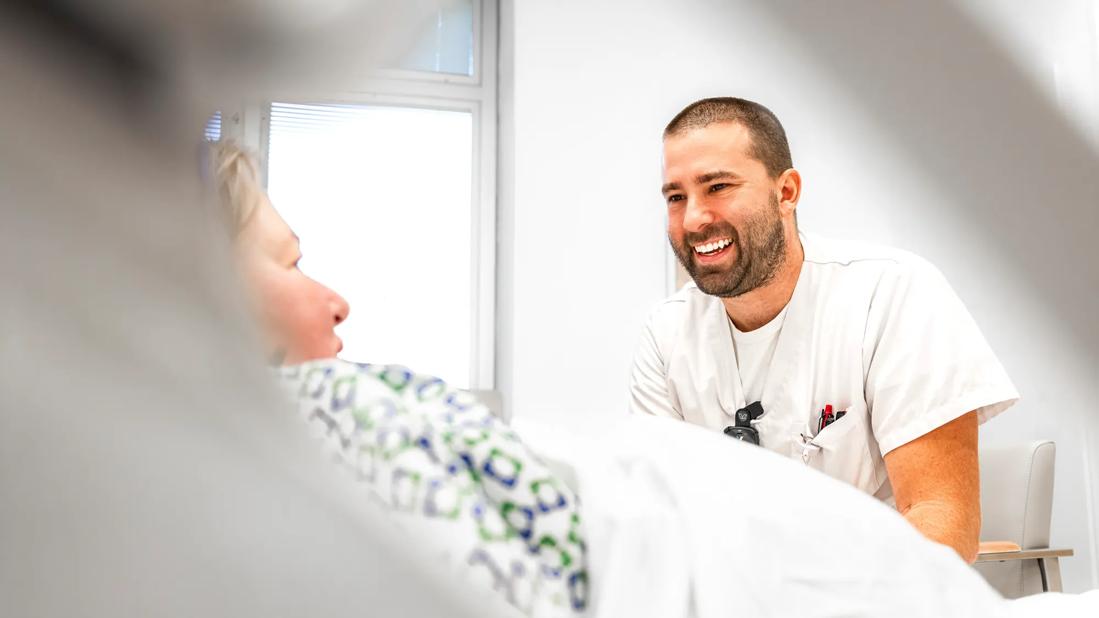New engagement strategy for leaders and teams

Cleveland Clinic has more than 72,500 employee caregivers, and the healthcare system is dedicated to the success of each one – from physicians and nurses to marketing managers and information technology specialists.
Advertisement
Cleveland Clinic is a non-profit academic medical center. Advertising on our site helps support our mission. We do not endorse non-Cleveland Clinic products or services. Policy
“Ensuring that we develop and nurture our caregivers has an enormous impact on our mission and vision and has to be a priority,” says Chris Nagel, Executive Director of Cleveland Clinic’s Mandel Global Leadership & Learning Institute (GLLI).
Caregiver development is one component of an engagement strategy that Cleveland Clinic rolled out in early 2022. The four-part framework is as follows:
Advertisement
The Caregiver Office created a team development strategy, beginning with identification of the core elements that comprise an effective team.
“A lot of our approach and curriculum are based around research by Scott Tannenbaum and Eduardo Salas published in the book Teams That Work: The Seven Drivers of Team Effectiveness,” says Nagel.
Cleveland Clinic is also developing an assessment for teams. “It will not only give us a diagnostic tool to see how well a team is working together, but also the ability to target areas that might need improvement,” says Nagel.
Of course, teams are made up of individuals, and the healthcare organization has redesigned its caregiver development to align with its core values: safety and quality, empathy, teamwork, integrity, engagement and innovation.
“We are working to make sure our caregivers know what the values are, how they play out in their jobs and what skills are needed to exemplify those values,” says Nagel. Cleveland Clinic’s employee intranet includes a section that identifies skills associated with each of the core values, as well as links to resources to hone those skills.
Nagel says the keys to building successful caregiver development programs are simple, but they bear repeating:
Advertisement
“As leaders, we have a responsibility to support the caregivers we are entrusted with every day – to make sure they have what it takes to succeed,” says Nagel. “Simply put, it’s the right thing to do.”
Advertisement
Advertisement

Recruiters emphasize empathy and personal connections when building healthcare talent pool

Informative and inspiring from the first day

Annual event galvanizes leaders and inspires excellence

Expert tips from Cleveland Clinic’s Chief Legal Officer

Groups move the metrics in environmental services and sterile processing

Initiative generates new ideas for improving efficiency, eliminating waste

A new tool offers micro-education for improving meeting productivity

Well-being initiative aims to prevent chronic disease